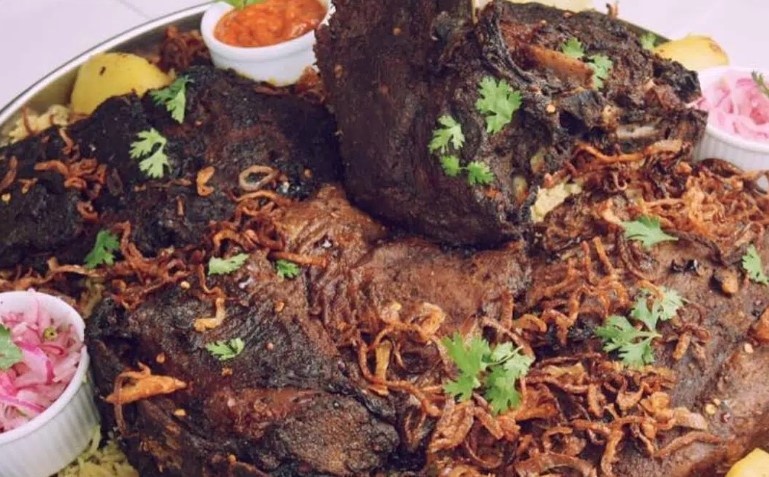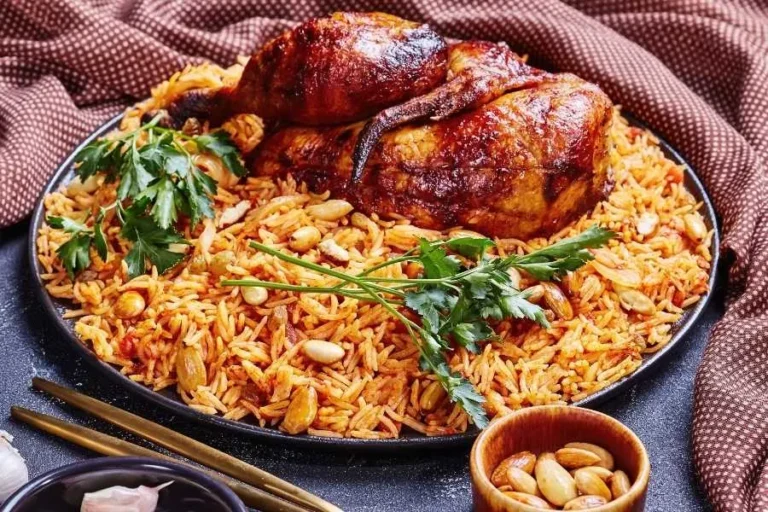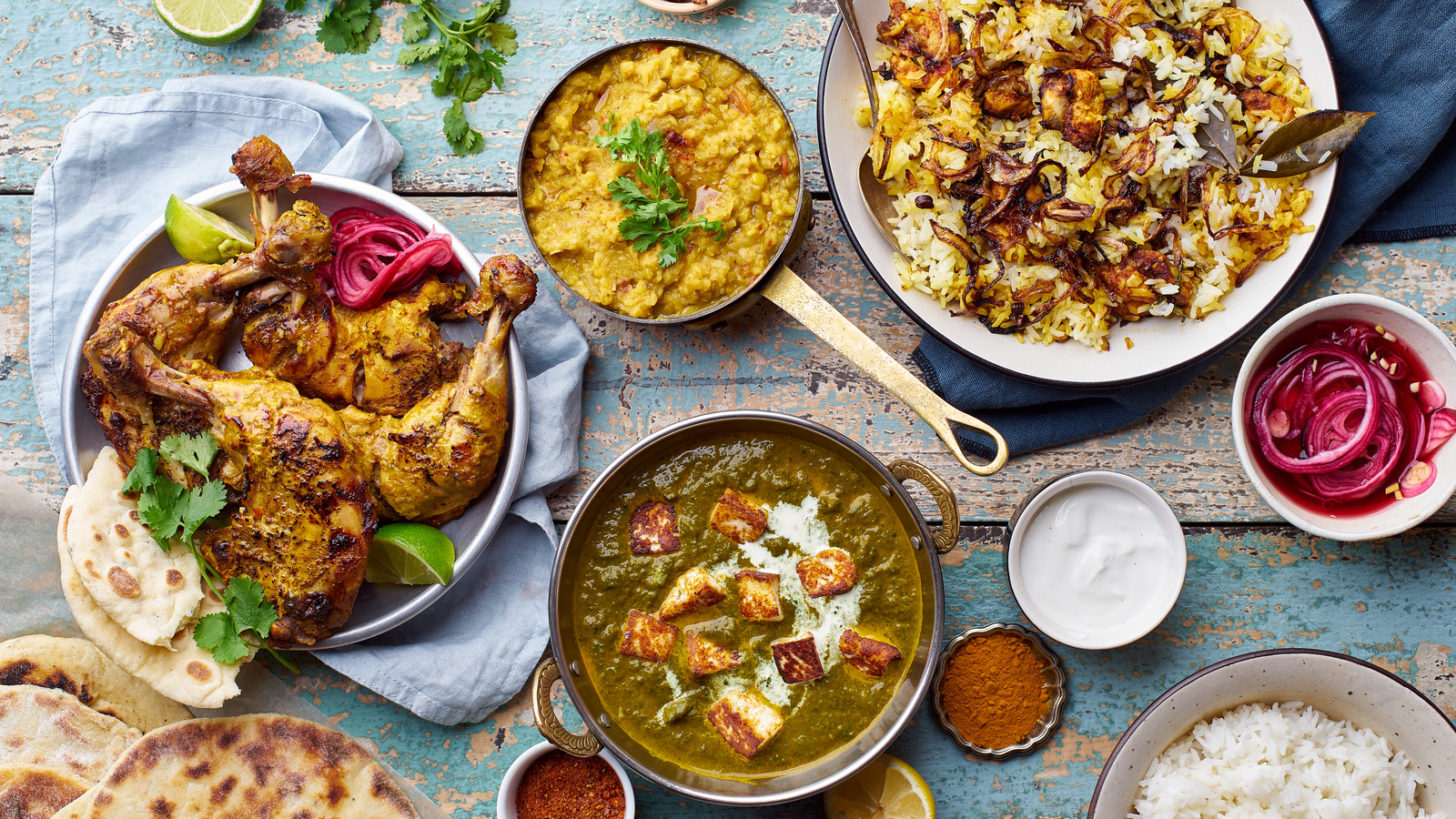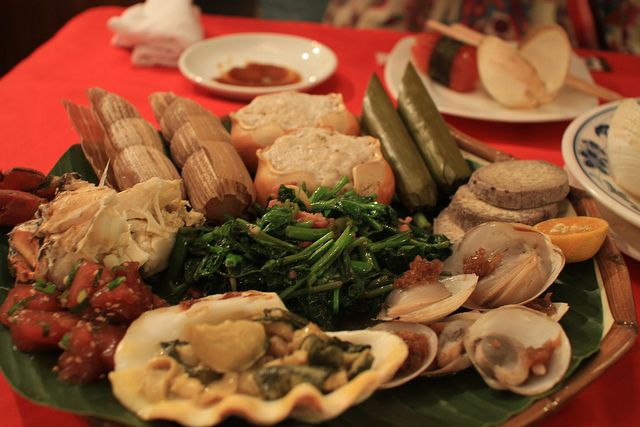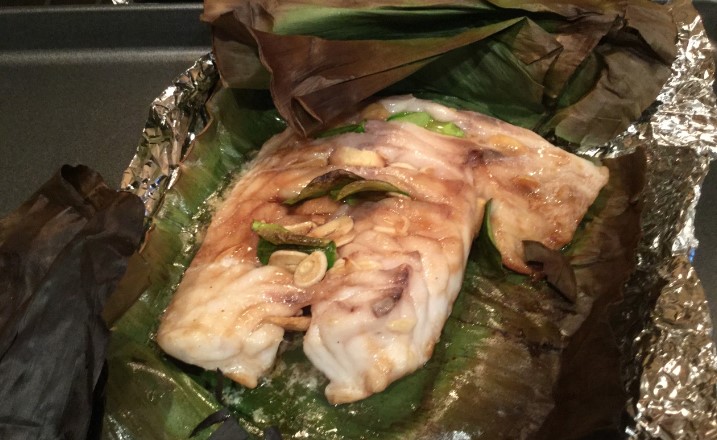Introduction: The Flavors of Oman
Oman is a country located on the southeastern coast of the Arabian Peninsula. Its cuisine is largely influenced by the neighboring countries of India, Iran, and East Africa, making it a unique blend of flavors and spices. Omani cuisine is known for its simplicity, freshness, and the use of local ingredients. It consists of a variety of meat and fish dishes, as well as vegetarian options, and is typically served with rice, bread, or dates.
The Spice Souq: A Unique Blend of Ingredients
Oman is known for its Spice Souq, which is located in the city of Muscat. It is a bustling market where vendors sell a variety of spices, herbs, and dried fruits. Some of the most commonly used spices in Omani cuisine include cumin, turmeric, cardamom, and cinnamon. However, what sets Omani cuisine apart is the unique blend of spices that are used, making it a delicious and flavorful experience.
Frankincense: A Culinary Treasure
Frankincense is a resin that is extracted from trees that grow in the southern region of Oman. It has been used for centuries in various religious and cultural ceremonies, but it is also a culinary treasure. It is used in Omani cuisine to add a unique flavor and aroma to dishes such as rice and meat stews. Frankincense is also believed to have health benefits, such as reducing inflammation and improving digestion.
Shahi: A Rare and Flavorful Herb
Shahi is a rare herb that is native to Oman. It is often used in traditional Omani dishes and is known for its aromatic and sweet flavor. Shahi is typically used in meat and seafood dishes, as well as in salads and dips. It is also believed to have medicinal properties, such as improving digestion and reducing inflammation.
Dates: The Sweetest Staple of Omani Cuisine
Dates are a staple ingredient in Omani cuisine and are used in a variety of dishes, from savory meats to sweet desserts. They are grown locally and are known for their sweetness and nutritional value. Dates are often served with coffee or as a snack, but they are also used in traditional Omani desserts such as halwa and ma’amoul.
Omani Halwa: A Delicious Dessert with a Secret Ingredient
Omani Halwa is a traditional dessert that is made with a variety of ingredients, including cornstarch, sugar, and ghee. However, what sets Omani Halwa apart is the secret ingredient – rose water. This floral and fragrant ingredient adds a unique flavor to the dessert that is loved by locals and visitors alike. Omani Halwa is typically served during special occasions such as weddings and Eid celebrations.
In conclusion, Omani cuisine is a unique and flavorful experience that combines the best of neighboring cuisines with local ingredients. The use of spices such as frankincense and shahi, as well as the staple ingredient of dates, make Omani cuisine a delicious and unforgettable experience.

